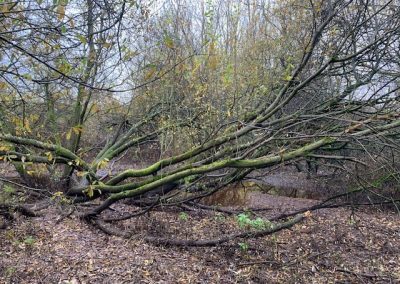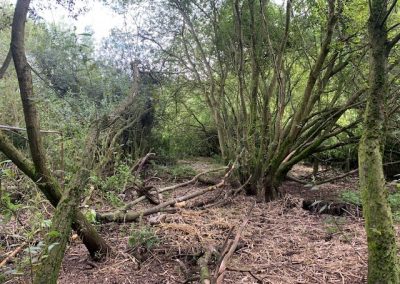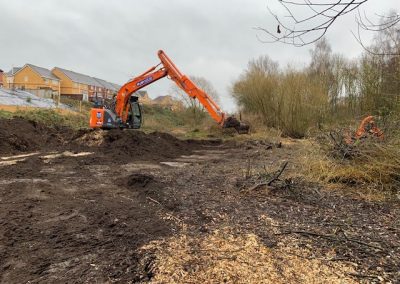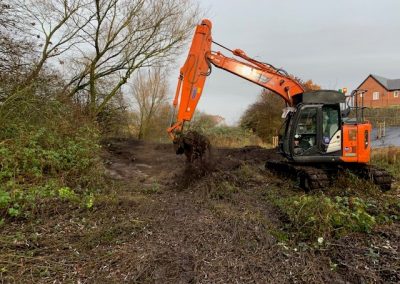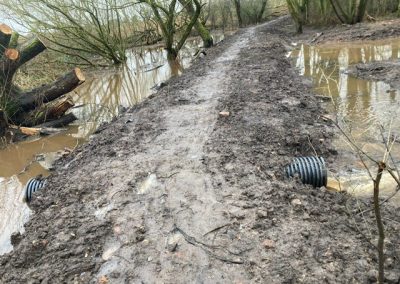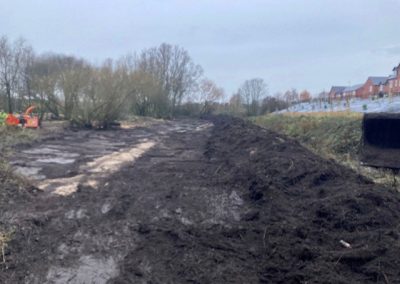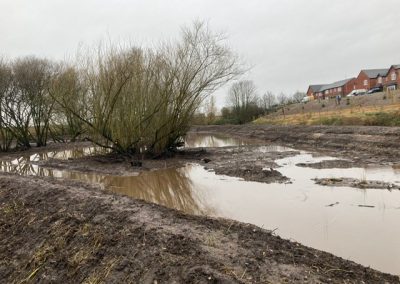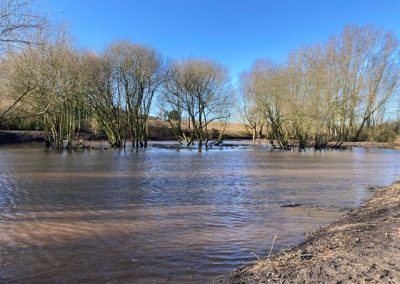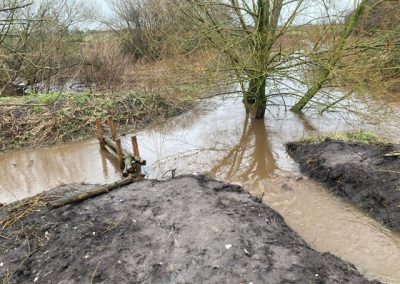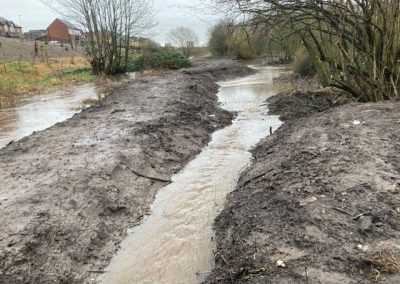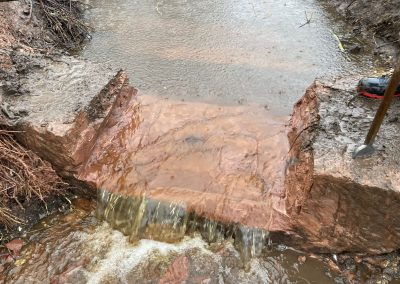Project
Mill Dam Park
Wetlands Project, Kirkby
Client: Mersey Rivers Trust
Final Value: £19,839
Start Date: Nov 2023
Finish Date: Jan 2024
Background
Network Rail committed to providing a Net Positive Biodiversity Gain for a new train station at Headbolt Lane in Kirkby. Network Rail, and their Principal Contractor Buckingham Group Contracting, identified Mersey Rivers Trust as a partner to deliver BNG, and other environmental, social, and economic benefits to the local area.
Biodiversity Net Gain (BNG) is an approach to developers’ developing land and marine management that leaves biodiversity in a measurably better state than before the development took place. BNG will be measured using Defra’s biodiversity metric and habitats need to be secured for at least 30 years.
The aim of the project
Mill Dam Park was one of five sites to have habitat and enhancement works carried out covering approximately 4,000 m2 of poor-quality woodland to be developed into a large wetland habitat. The project is the first of its kind in the Kirkby region to use the BNG metric.
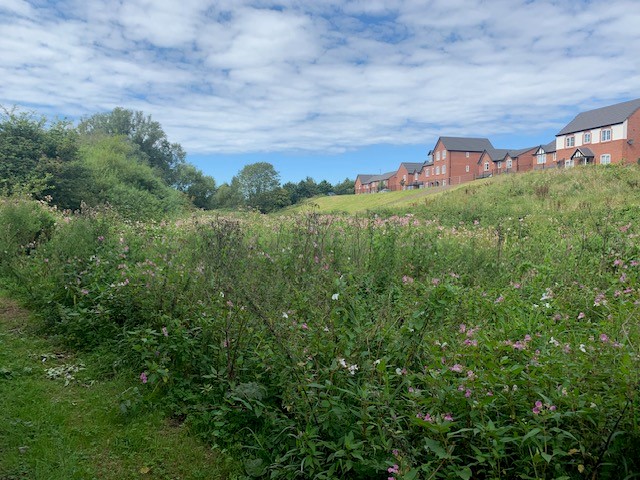


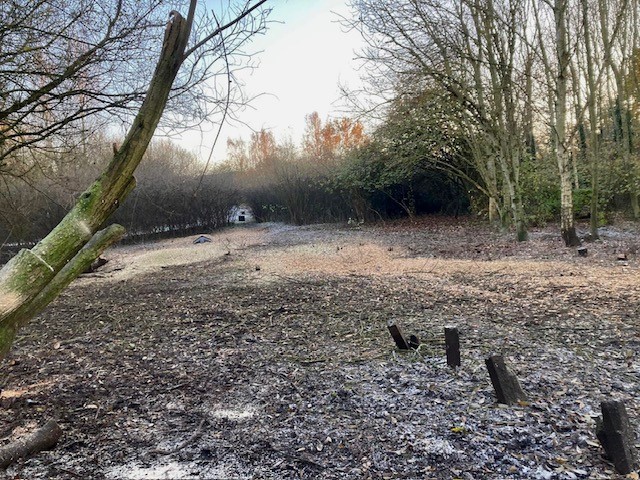
Special Features
Biodiversity Net Gain
Wetland Creation
Services
Ecological Toolbox Talk
Tree Harvesting
Wetland Creation
Soil Bunding
Wetland Scrape Creation
CCNW Solution
The CCNW team was appointed for the wetland creation at Mill Dam Park together with a series of woodland and pond enhancement projects aligned with Biodiversity Net Gain on behalf of Mersey Rivers Trust. Other sites included: Millbrook Millennium Green, North Wood Forest Hills, Saxon Green Wetland enhancement and Eddie McArdle Playing Fields.
Ecological Toolbox Talk and Site Clearance
CCNW’s Ecological Clerk of Works gave all CCNW’s operatives an Ecological Toolbox Talk before commencement. Overhanging branches were cut and trimmed, and thinning/coppicing works were undertaken to enable access along the sections of river banking. All woody materials were removed and chipped on site. Large areas of bramble and scrub were removed to plan out the areas of wetland and bunds.
Tree Harvesting
CCNW’s tree team carried out thinning/coppicing works on hazel, and willow, which were used in creating hazel and willow spilling. The larger trees were left in large groups by removing 1-4 trees within woodland blocks, leaving high-quality standard trees to create a series of wooded islands. Additional willow coppicing works were undertaken for the willow spiling around the lower bund next to footpath and the inlet and outlet of the wetland. All works were carried out by qualified CCNW staff in a sympathetic way using thinning and coppicing methods carried out in the interests of the visual and habitat value of the site.
Wetland Creation
Approximately 4,000m² of poor-quality woodland was developed into a large wetland habitat, consisting of a series of wooded islands surrounded by reed-beds and wet woodland. This will provide a variety of habitats for birds, insects, amphibians, and water vole, which are present in the adjacent Simonswood Brook corridor.
Soil Bunding
All materials excavated were reused on site in the construction of new bunding areas around the wetland creation. The main bund which was created adjacent to the main Simonswood Brook was 3-4m wide by 2m high and was created as further habitat for water vole. The bunding was set back approx. 2 meters from the brook edge, leaving the banking un-disturbed with natural vegetation. A smaller bund was created adjacent to the main footpath to keep the path from flooding and the inside of the bund was lined with willow spiling to prevent any erosion to the bund which may course the bund to breech.
Wetland Scrape Creation
A wetland scrape was created adjacent to the existing Simonswood brook, and an inlet and outlet was created allowing water to flow in when water levels rise during flood waters. The wetland was planted with common reeds to provide additional habitat for aquatic wildlife. The scrape edges were seeded with a pond edge mix and the Yellow Flag Irises already at this location were removed, stored on-site, and re-planted once the work was completed.
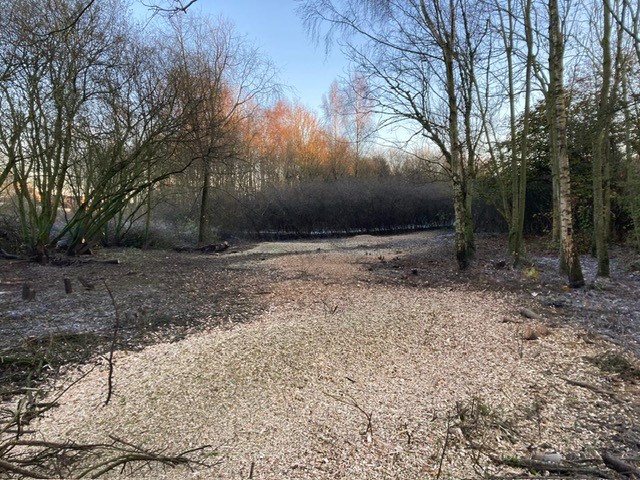
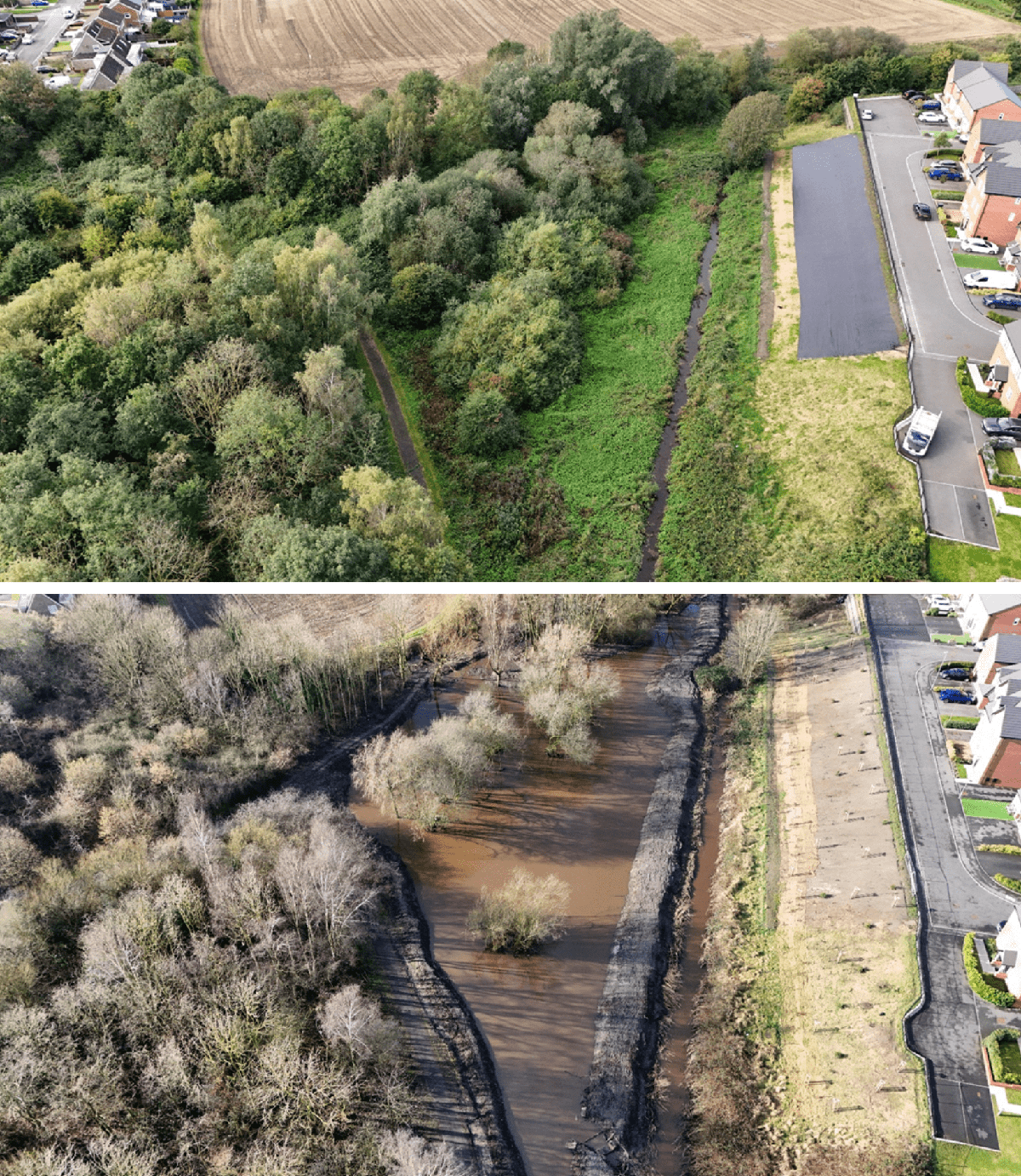
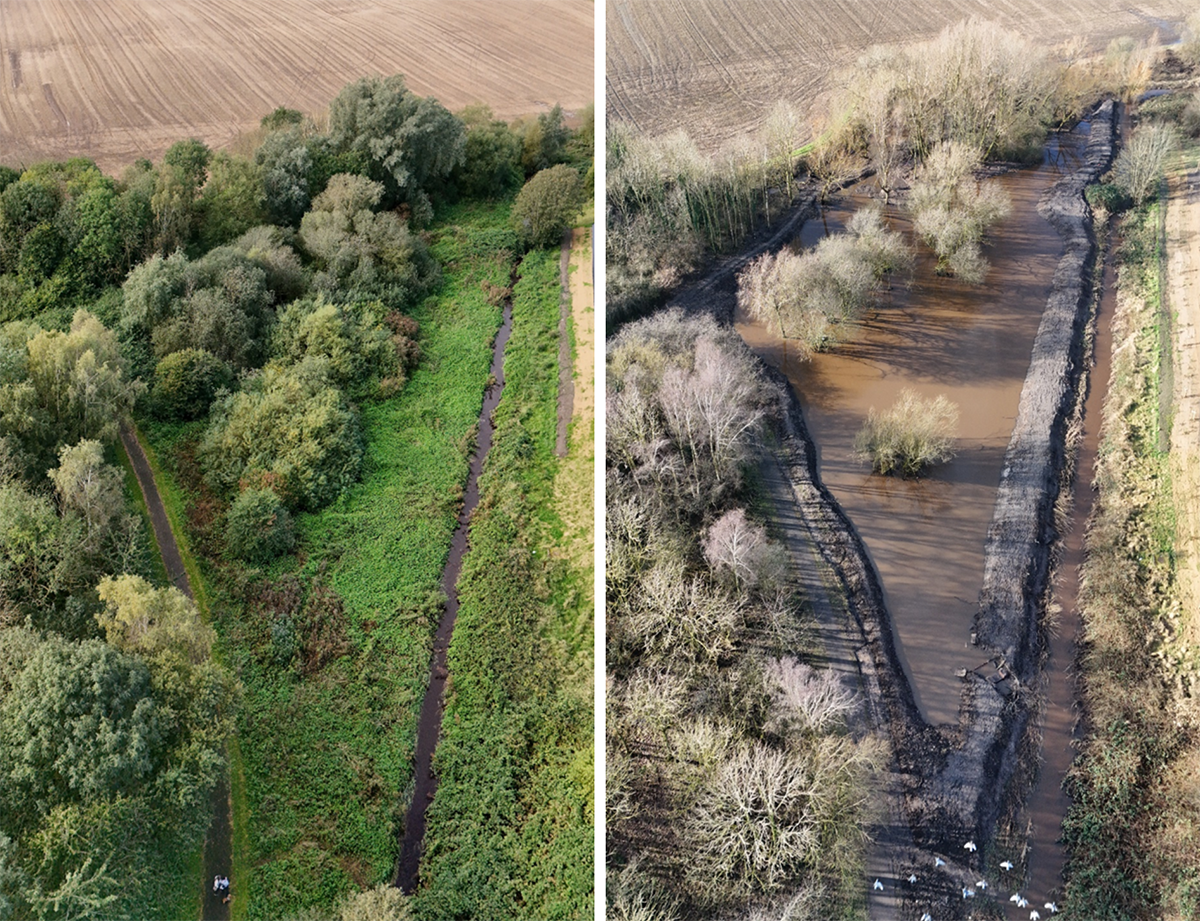
Start a conversation with us today

If you wish to sign up to our quarterly newsletter, please fill out the subscription below.

